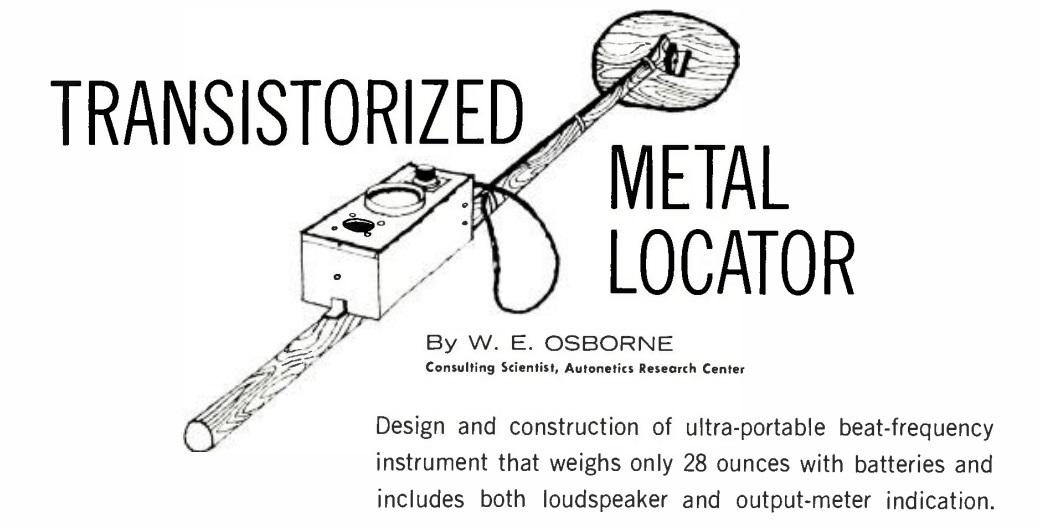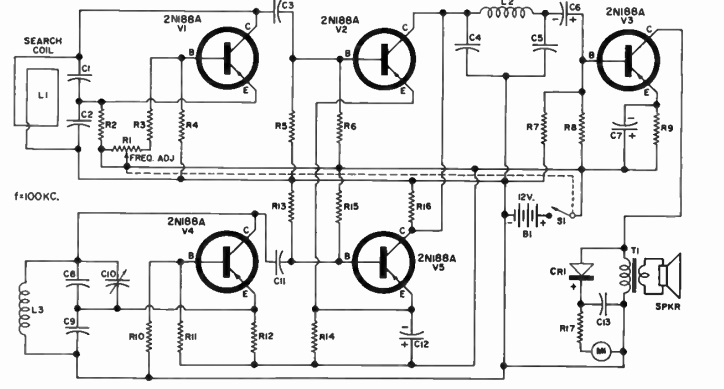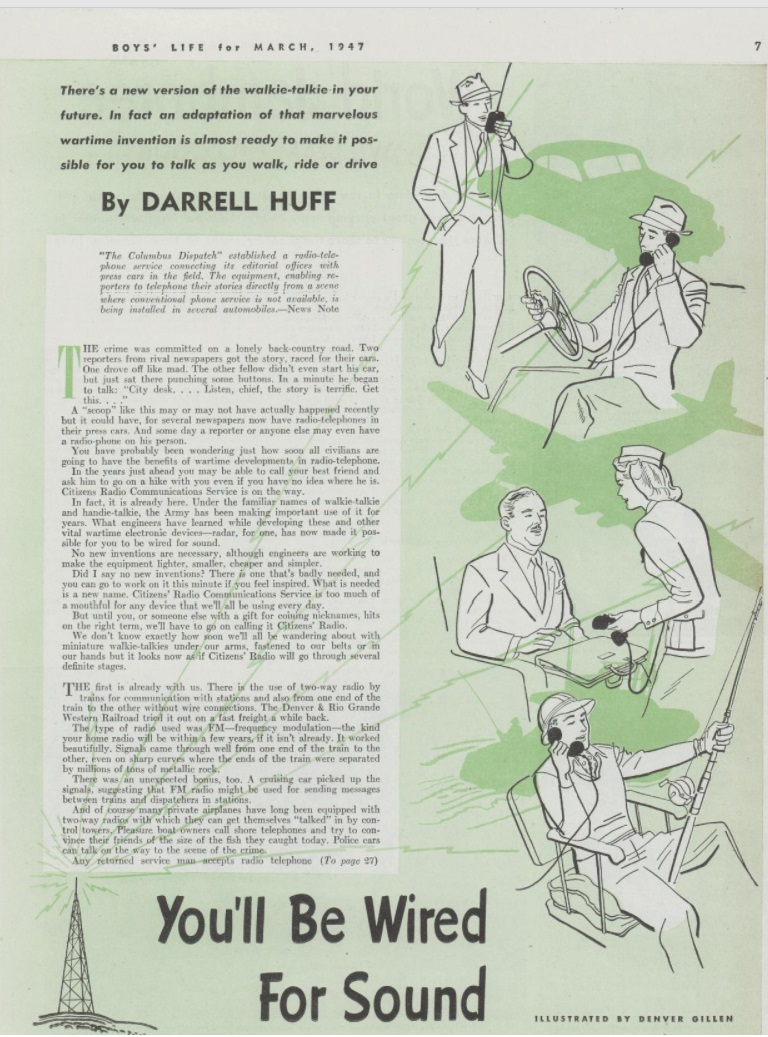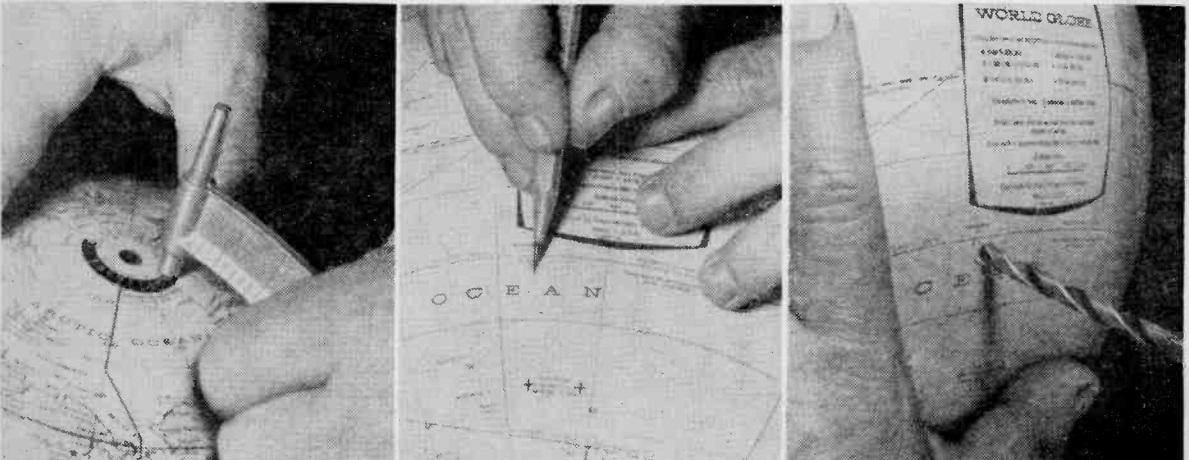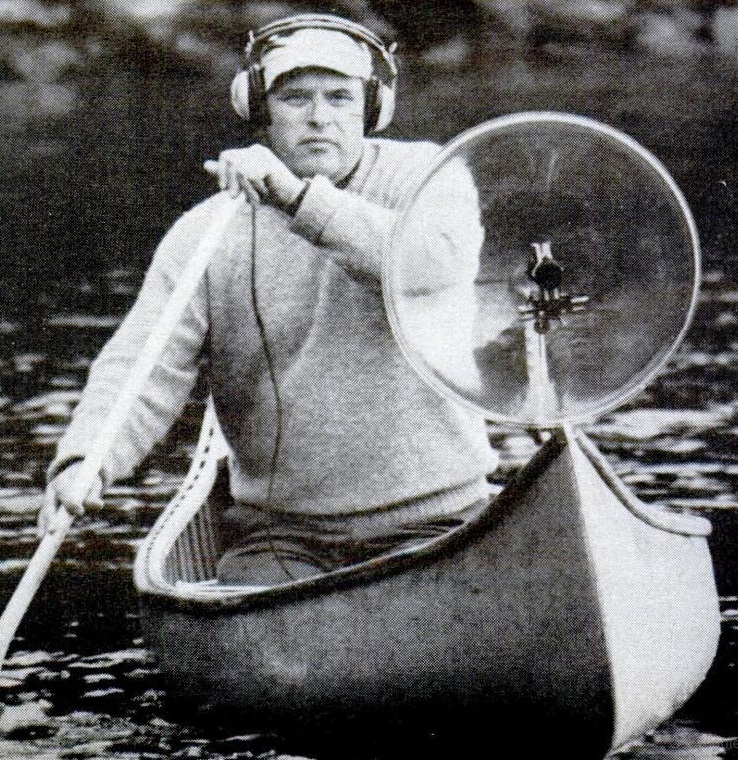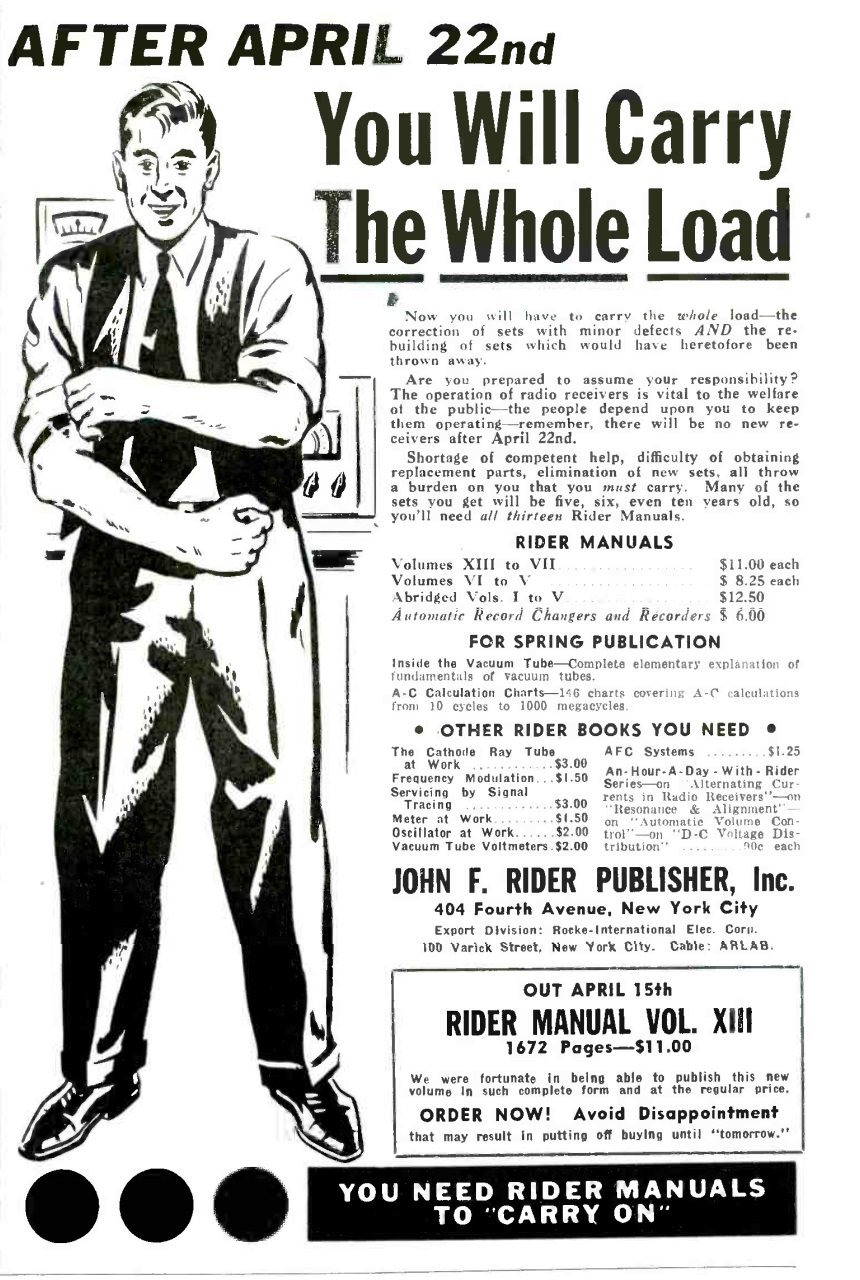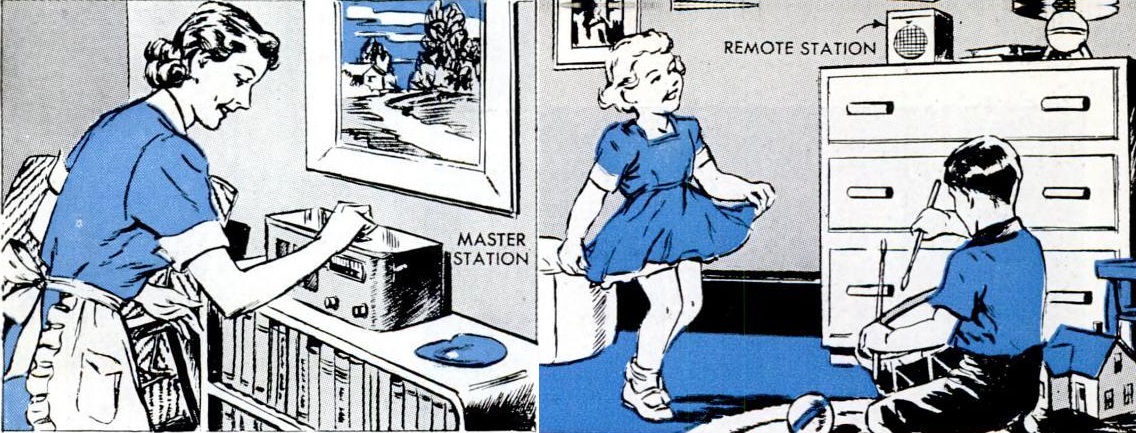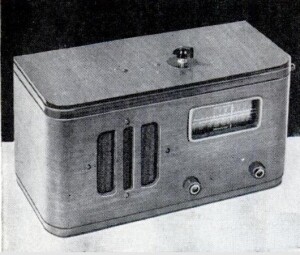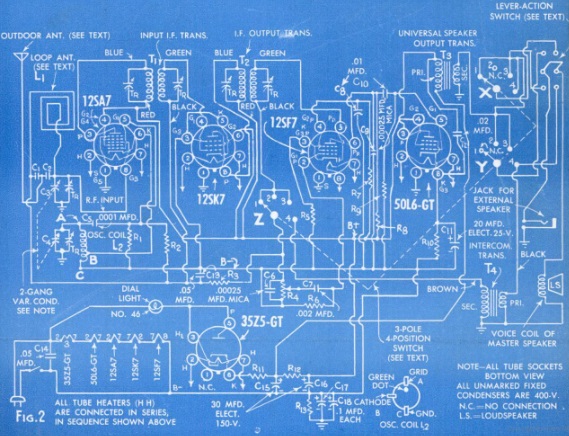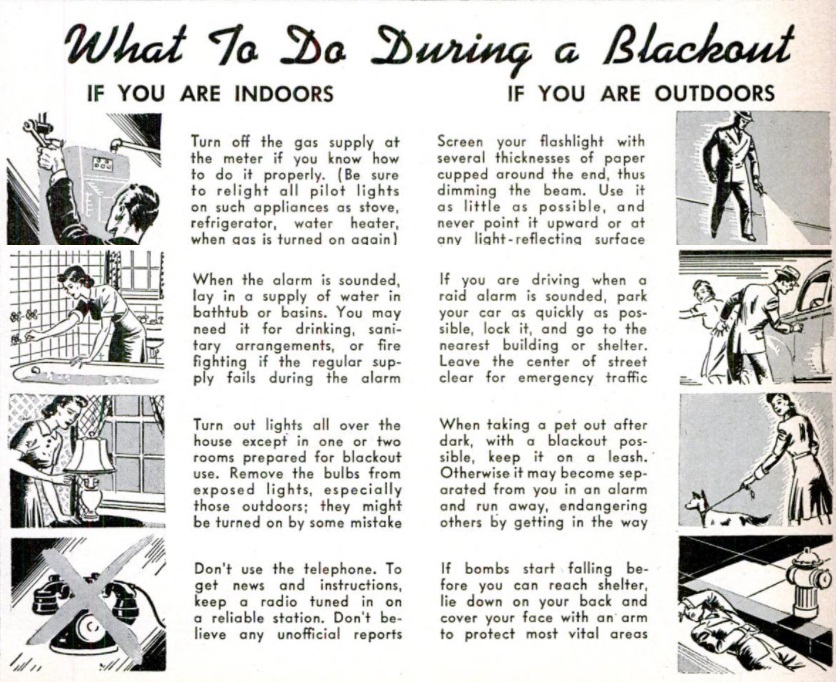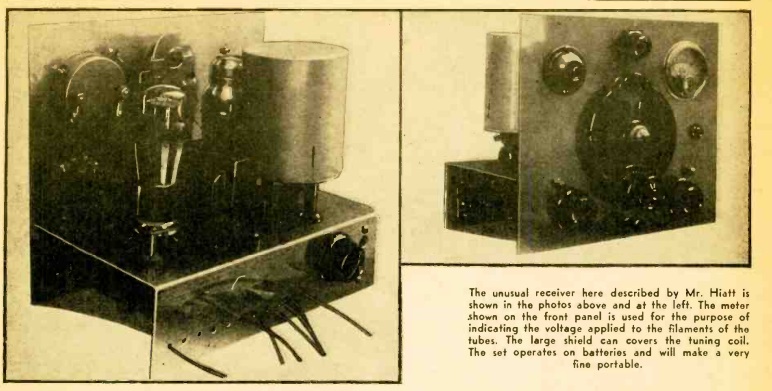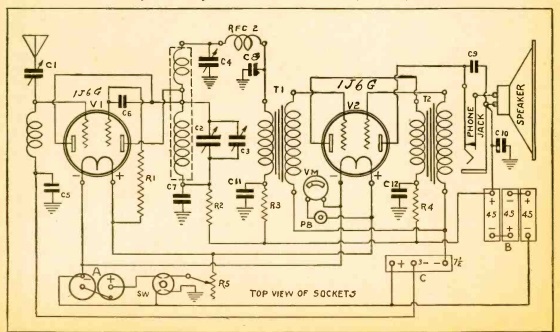 In 1832, Andrew Jackson was re-elected President of the United States. It would be twelve years before Morse would demonstrate his electric telegraph between Baltimore and Washington. Slavery still existed in half of the United States, and would for more than thirty years. Abraham Lincoln wasn’t yet a lawyer, but held a bartending license and was about to make an unsuccessful bid for the Illinois General Assembly. Communications with other towns took days, if not weeks. In short, it was a long time ago. But people born that year would listen to the radio in their lifetime. But people born that year would listen to the radio in their lifetime.
In 1832, Andrew Jackson was re-elected President of the United States. It would be twelve years before Morse would demonstrate his electric telegraph between Baltimore and Washington. Slavery still existed in half of the United States, and would for more than thirty years. Abraham Lincoln wasn’t yet a lawyer, but held a bartending license and was about to make an unsuccessful bid for the Illinois General Assembly. Communications with other towns took days, if not weeks. In short, it was a long time ago. But people born that year would listen to the radio in their lifetime. But people born that year would listen to the radio in their lifetime.
But a lot was about to change. The news clipping above appeared in the Wilmington Daily Commercial.
Mrs. Sarah Frederick of Turtle Creek, Pennsylvania, was an avid radio listener. The paper noted that she was an avid listener to the radio chapel services from KDKA, and that she had recently celebrated her 90th birthday. She was totally blind but had frequently expressed her wonder and delight at this product of modern science.
And she was born in 1832.

